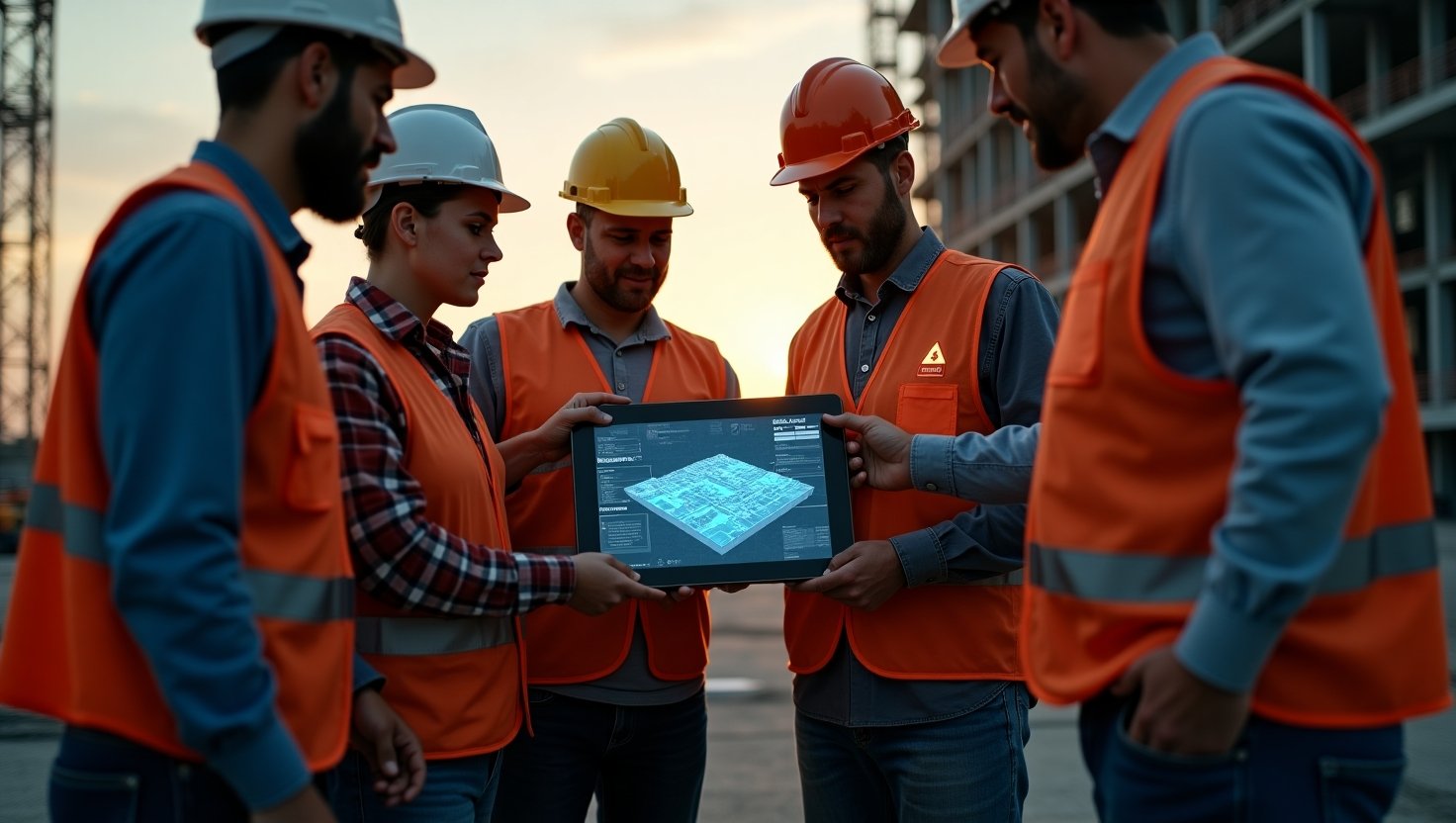The Role of Generative AI in Enhancing Construction Safety
Introduction
Generative AI is revolutionizing industries with its powerful ability to create, predict, and optimize complex processes. One of the sectors set to benefit significantly from this technological advancement is the construction industry—where safety is of paramount concern. With the complexity and inherent risks present on construction sites, the integration of generative AI tools offers new opportunities to enhance safety measures. Technology’s growing role in construction safety cannot be understated, particularly with the increasing adoption of measures aligned with Occupational Safety and Health Administration (OSHA) guidelines. As the construction industry continues to strive for safer job sites, generative AI emerges as a pivotal ally in this quest.
Background
Generative AI refers to systems capable of crafting new, previously non-existent data based on input data patterns. Its applications span various fields, from creating art and music to optimizing logistics and enhancing safety mechanisms. In construction, generative AI’s potential to improve safety is garnering attention.
Construction safety regulations, such as those set by OSHA, encapsulate critical guidelines to minimize the risk of accidents and ensure worker protection. Traditionally, ensuring construction safety relied heavily on manual inspections and extensive training programs. These conventional methods, however, can be time-consuming and sometimes insufficient in identifying all potential hazards.
Current Trends in Construction Safety
The dawn of AI tools like Safety AI by DroneDeploy marks a promising trend in construction safety. These technologies utilize AI-driven image analysis to identify safety violations with unprecedented accuracy. Safety AI boasts a 95% accuracy rate in discerning compliance breaches, offering a significant advancement in enhancing job site safety standards.
However, despite this remarkable accuracy, AI tools require complementary human oversight. Construction sites are complex and dynamic, and the nuances of real-world conditions often necessitate experienced human judgment alongside technological assistance. As industry adoption grows, AI tools are poised to reshape job site safety significantly, ensuring more proactive and preventative measures against accidents and hazards.
Insights from Key Industry Players
Industry leaders recognize both the promise and challenges that AI presents in construction safety. Philip Lorenzo, an expert in the field, notes that while there is widespread discourse on prioritizing safety, it may not always manifest in practice without the aid of technology. Chen Feng highlights the challenge: while a 95% accuracy rate in identifying safety flags is commendable, there looms the crucial task of bridging that remaining 5% gap to ensure even greater safety.
Still, the consensus among experts underscores the necessity of human supervision. Roy Danon succinctly emphasizes the goal: a system with 99% accuracy and zero tolerance for errors—a benchmark that AI, with continued advancement, edges closer toward achieving.
Future Forecast: AI and Construction Safety
The potential for generative AI in construction safety is immense. With ongoing development, AI tools will likely become more adept at understanding and anticipating safety hazards, resulting in even greater precision and reliability. As these systems evolve, they could redefine industry safety standards, providing new benchmarks for construction companies to aspire toward.
Looking ahead, overcoming current limitations will be crucial. Technological advancements must address inaccuracies and foster systems that perform with minimal errors. Furthermore, continued collaboration between technology developers and construction safety experts could yield enhanced systems that leverage both AI capabilities and human expertise.
Call to Action
For construction firms seeking to enhance the safety of their job sites, integrating AI tools presents an invaluable opportunity. Embracing technologies like Safety AI can lead to better compliance with OSHA regulations and significantly reduce risks.
For further reading and to gain deeper insights into how generative AI is transforming construction safety, consider exploring this article.
Generative AI is not just a futuristic concept—it’s here, ready to elevate construction safety practices to new heights. As the industry stands on the brink of this technological breakthrough, the time for exploration and integration of these tools is now.

